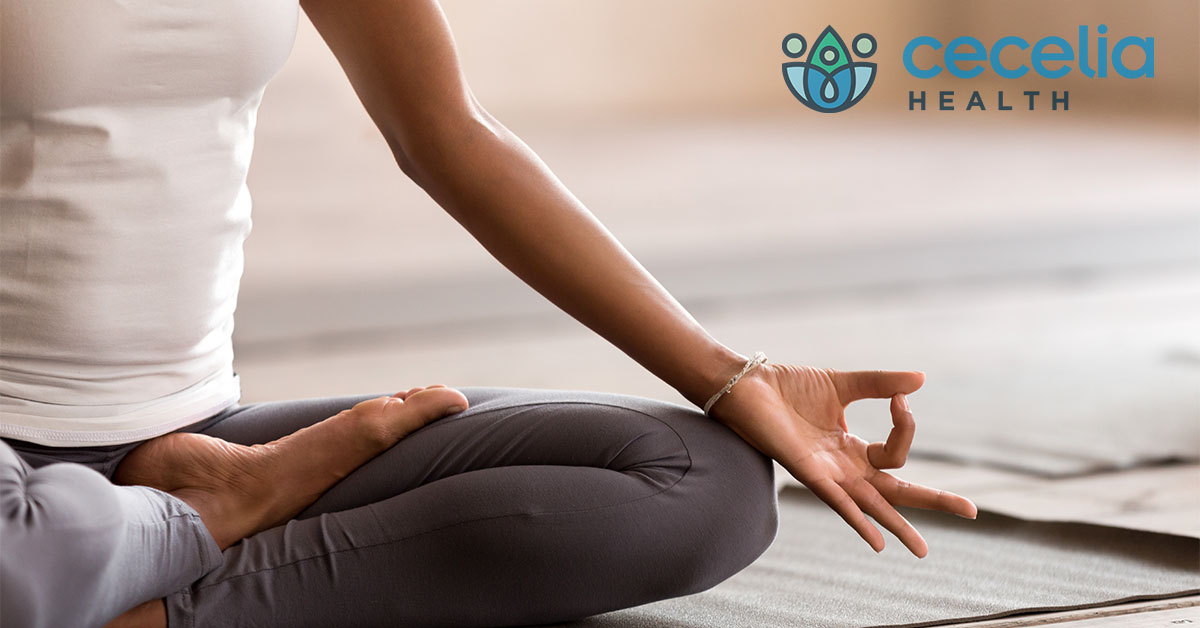Yoga has been shown to hold a variety of health benefits and is suited for many differing groups of people. Regardless of someone’s age or activity level yoga can be utilized as a powerful lifestyle change that can help prevent and manage several chronic diseases. There is a positive correlation between yoga and increases in cognitive abilities.
In recent decades, the practice of yoga has gained popularity in the western world for its combination of mindfulness, balance, flexibility focus, and low-impact physical conditioning. The branch of yoga most widely known and practiced is hatha yoga. This is the combination of pranayama (breathing techniques), classical yoga postures, hand mudras, and mantras. These elements encourage a full body experience resulting in increased feelings of inner connectivity and calm.
Hatha based practices can be structured in several ways but classically follow a repetitive pattern. Therefore, the movements associated with yoga are sometimes referred to as a flow. The purpose of the flow is to create a moving meditation where participants can practice valuable self-regulation skills such as mental focus and mental presence. For example, it is common for yoga instructors to remind participants to return to their breath when thoughts begin to wander.
Yoga is not partial to any one group. The versatility of classical postures makes yoga a modifiable exercise regime for participants with differing goals and fitness abilities. The principles of yoga differ from standard exercise philosophies as there is greater emphasis on the intention behind movement rather than the physical accomplishment of movement. For these reasons yoga is a beneficial option for many diverse groups of people. Here are some benefits and
1. Yoga enhances muscular strength and bone density
The effects of yoga on the brain and body have shown promising outcomes as an adjunct therapy to traditional interventions for several conditions. The benefits of yoga overlap with other anaerobic and aerobic forms of exercise which encourage the growth of lean muscle mass and improve bone density. This results in enhanced cardiovascular function and aids in protecting musculoskeletal systems.
2. Yoga enhances mind and mood
The meditative aspects of yoga on cognition have shown adults who practice regularly report moderate increases in executive functioning skills, overall focus, and emotional regulation. Practicing yoga has also been linked to decreased episodes of anxiety and depression. There is a new body of research on the role of yoga in preventing and managing cases of age-related neurodegenerative disease. There are currently no effective treatments for Alzheimer’s and dementia resulting in the exploration of lifestyle changes as a form of treatment. These lifestyle changes include exercise, nutrition, and stress reduction. Yoga is a minimal impact form of movement that can help older adults meet their exercise needs and decrease stress levels.
Starting a yoga journey can feel overwhelming for someone unfamiliar with the postures, mudras, and mantras of a traditional hatha practice. With the increased popularity of yoga there are several cost-effective resources that outline the form and philosophy necessary to engage in this style of movement. These include but are not limited to:
3. Online yoga instructors who post content with full sessions.
This is beneficial to those who prefer the convenience of an at home learning experience. YouTube and comparable sites offer free videos. Examples of knowledgeable instructors are @Yoga With Adriene and @Five Parks Yoga W/ Erin Sampson.
4. Yoga classes through a fitness center.
If someone is looking to embark on a yoga journey, they may not need to look any further than their local fitness center. Many fitness centers offer specialized classes for those interested in exploring new forms of activity. Joining a local fitness center may encourage the use of weights and cardio machines as well as yoga classes.
5. Joining a yoga studio.
This is advantageous for those who are interested in hands on knowledgeable instruction and wish to learn different disciplines of yoga. If a deep dive into the philosophy of yoga sounds intriguing, joining a studio may be the best option.
6. Finding groups that meet to practice yoga together.
This route is well suited for those who already have some understanding of yoga and feel confident practicing without a certified yoga instructor. Joining a Facebook group is one efficient way to find and invite others to practice with. This option is often free and advantageous for those looking for a community experience.
Link to Yoga With Adriene YouTube page:
https://www.youtube.com/user/yogawithadriene
Link to Yoga Basics blog:
https://www.yogabasics.com/connect/yoga-blog/
Link to internal resource:
